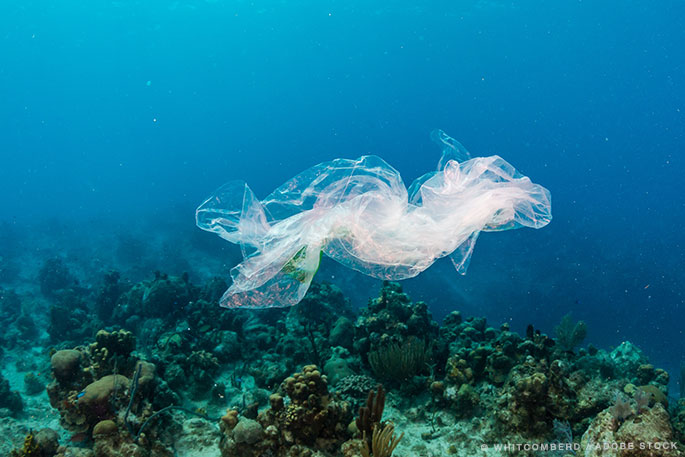
The easiest way to stop plastic pollution is to continually remind yourself that single use products are not worth the environmental price. We have a list of five single use products that you can swap out with reusable products.
- Disposable water bottles: At least 50 million plastic water bottles are thrown away daily, and often they don’t even make it to a recycling bin. Being thirsty is no reason to open a single-use water bottle. Find a water fountain, bring your own bottle, or use something with aluminum (which can be recycled much more easily than plastic). The environment thanks you.
- Straws: Speaking of thirsty, straws compound the problem of the water bottle, by creating additional waste. If you do not like your lips to touch a cup or bottle, invest in a stainless steel or glass straw that can be washed and reused. Refuse the straw when you dine out.
- Plastic shopping bags: There are so many opportunities to reuse bags, especially sturdy, permanent ones. Many states and municipalities have a bag surcharge, but it is not always about saving money. Rethink the need for a bag, not just when you’re grocery shopping, but also clothing stores, pharmacies, take out restaurants, and so on. Bring your own bag and insist on using it. Don’t get more bags every time you shop.
- Sandwich bags: Alternatives to single use plastic bags or cellophane wrap are reusable wraps, compartmentalized bento-style lunch boxes, or reusable containers. There are even reusable zipper top bags made of a thicker washable plastic that will withstand multiple uses.
- Single serve foods, such as yogurt, snack packages, pudding, coffee cup pods: It is also generally more economical to buy the large size and portion out a serving into a reusable container or bag. Individually wrapped, single serve items generate tremendous waste. Single serve coffee pods alone have generated enough trash to circle the planet ten times. An entire pot of coffee and washable mugs is a great way to reduce that waste.
Find what items you can replace from single use to multiple use, and you’ll see less trash and a greener future.











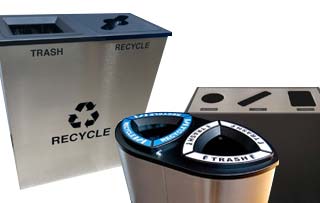









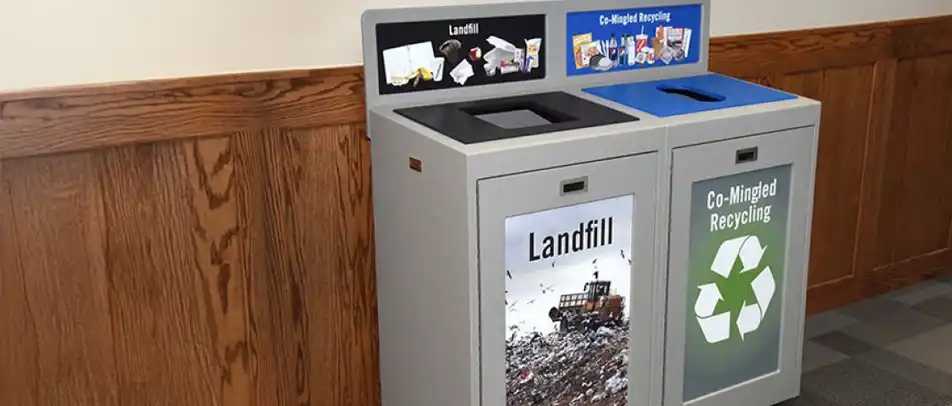










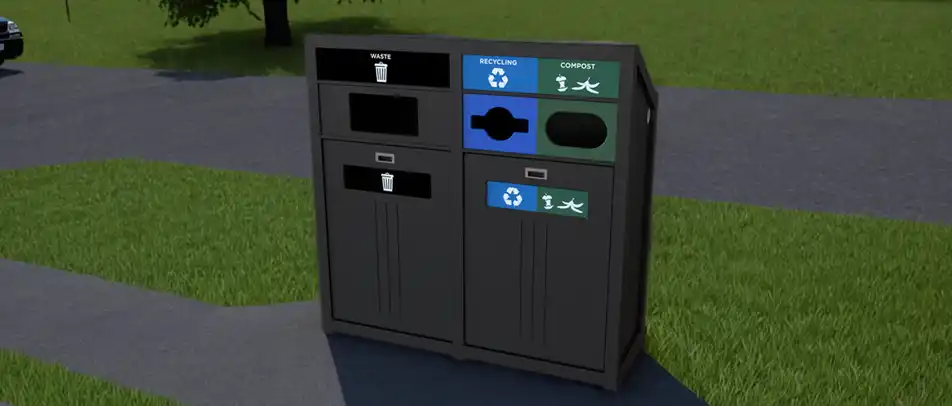












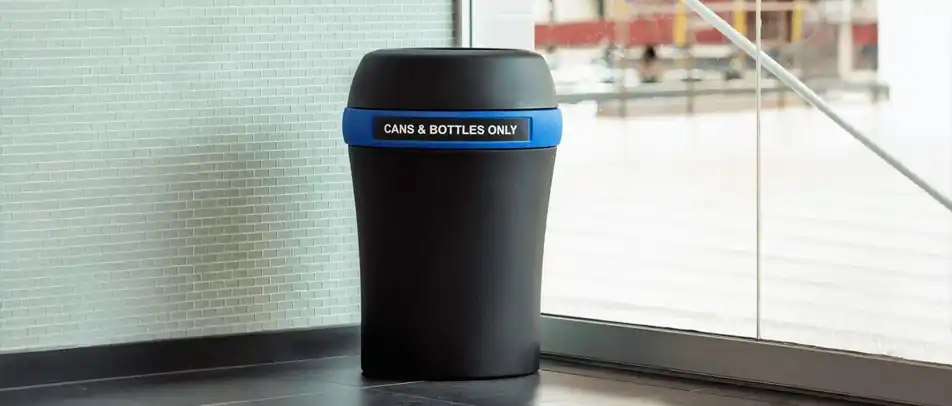









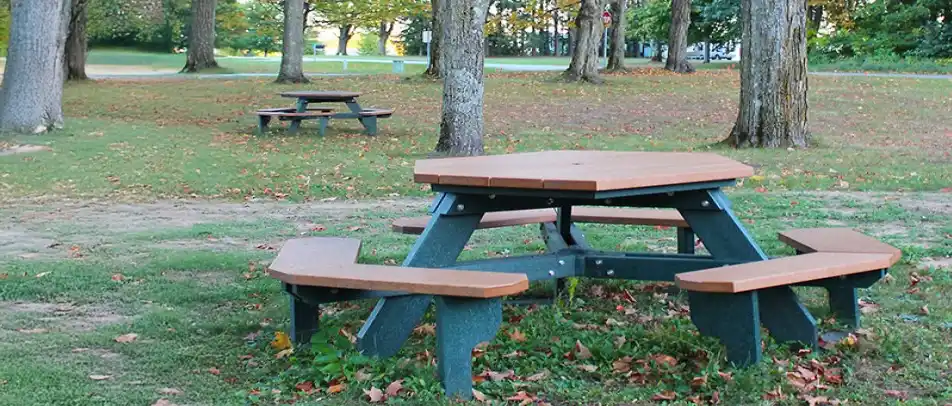
































 Three Ways to Engage Teams and Clients to Maximize Your Recycling Program Engagement
Three Ways to Engage Teams and Clients to Maximize Your Recycling Program Engagement  How to Integrate Accessibility Into Your Sustainability Planning
How to Integrate Accessibility Into Your Sustainability Planning  Why Park Benches Can Promote Workplace Well-Being
Why Park Benches Can Promote Workplace Well-Being 
